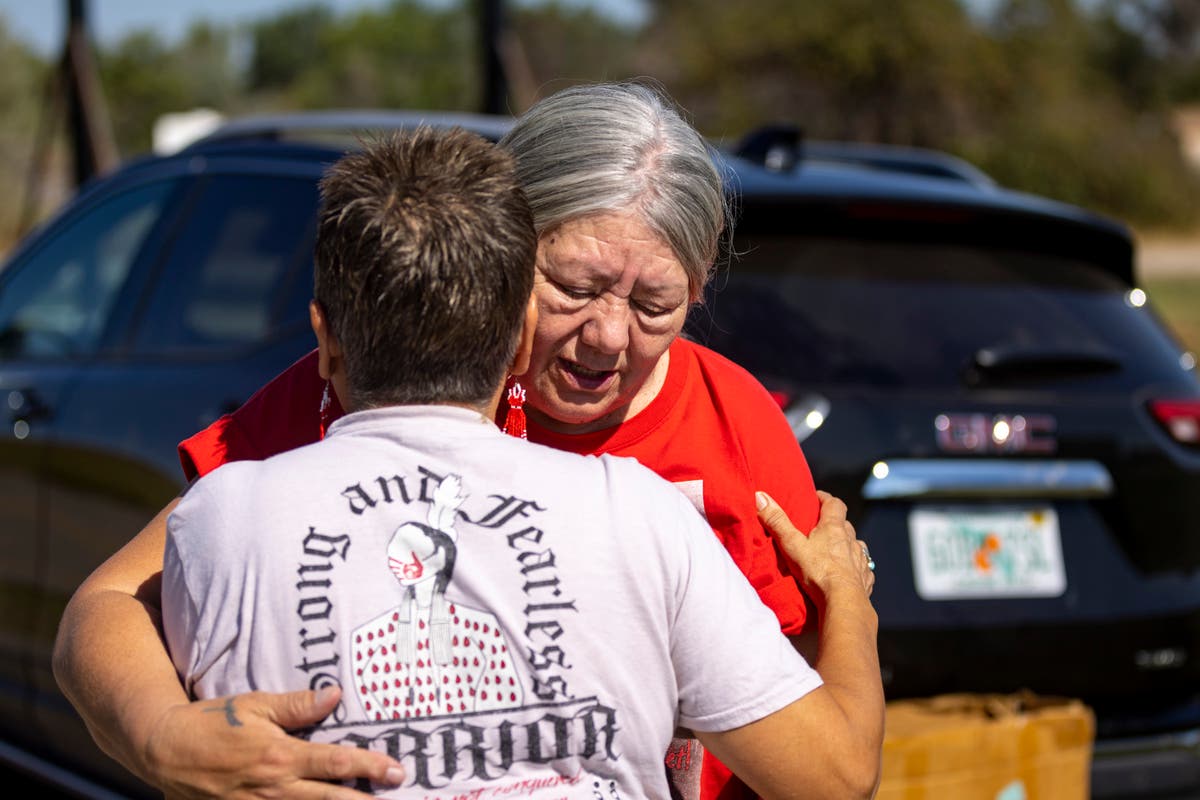
Wounded Knee artifacts highlight slow pace of repatriations
Associated Press— One by one, items purportedly taken from Native Americans massacred at Wounded Knee Creek emerged from the dark, cluttered display cases where they’ve sat for more than a century in a museum in rural Massachusetts. “It may be sad for them to lose these items, but it’s even sadder for us because we’ve been looking for them for so long.” Recent efforts to repatriate human remains and other culturally significant items such as those at the Founders Museum represent significant and solemn moments for tribes. And that’s not even counting items held by private institutions such as the Founders Museum, which maintains it does not receive federal funds and therefore doesn’t fall under the Native American Graves Protection and Repatriation Act, or NAGPRA, the 1990 law governing the return of tribal objects by institutions receiving federal money. “They’ve had more than three decades,” says Shannon O’Loughlin, chief executive of the Association on American Indian Affairs, a national group that assists tribes with repatriations. “Our work will not be complete until all of the ancestors are home.” At the Ohio History Connection, officials are working to create an inter-tribal burial ground to help bury ancestral remains for tribes forced to move from Ohio as the nation expanded, says Alex Wesaw, the organization’s director of American Indian relations.
History of this topic

Indian chief’s descendant wants Harvard to return tomahawk
Associated PressDiscover Related
















